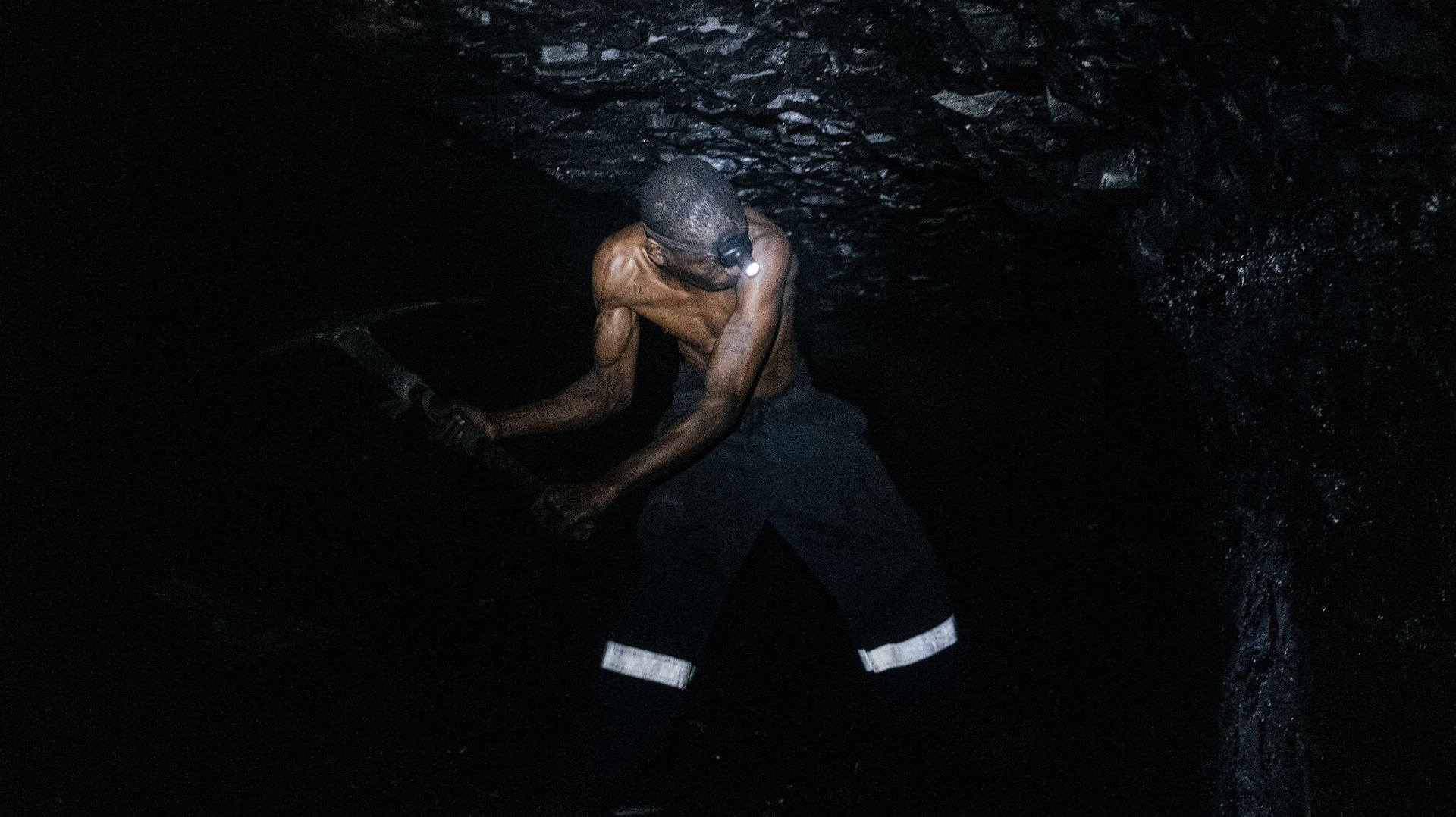South Africa is becoming Europe’s alternative to Russian coal
Starting in mid-August, European Union countries will stop importing coal from Russia, which means they’ll have to find alternative suppliers. Already, South Africa is one such supplier, and the world’s fifth largest exporter of coal.


Starting in mid-August, European Union countries will stop importing coal from Russia, which means they’ll have to find alternative suppliers. Already, South Africa is one such supplier, and the world’s fifth largest exporter of coal.
Between January and May of this year, roughly 40% more tons of coal have been exported to Europe from South Africa’s Richards Bay Coal Terminal (RBCT) than were exported in all of 2021, according to Reuters. Recipient countries include Spain, Poland, and Germany, which did not import any South African coal last year, as well as France, which increased its imports sevenfold year-over-year.
Turning away from Russia
The degree to which the EU depends on energy import varies by country (lower in Estonia, higher in Cyprus), but the average dependency rate across the bloc was 58% in 2020.
Given the EU’s energy dependance on Russia in particular, the bloc’s decision to stop importing Russian coal over Vladimir Putin’s war in Ukraine is an audacious one. Of the three countries that supplied most of the EU’s coal in 2020, Russia accounted for 54%, while the US, and Australia supplied a combined 30%. Russia makes $4.4 billion annually from coal exports to the EU. That money is now headed elsewhere.
As soon as the Ukraine war started in February, Reuters reports that EU countries—including the Netherlands, Italy, and Denmark—started ramping up coal imports from South Africa. The bloc has accounted for nearly 15% of RBCT’s 24 million tons of coal exports so far this year, compared with 4% in all of 2021.
Will South Africa take advantage?
South Africa’s coal industry employs about 200,000 people, including at RBCT, Africa’s largest coal export terminal. Retaining those jobs as coal prices spike is crucial for a country where unemployment stands at 34%.
But the war-induced increase in European demand arrives against a backdrop of South Africa’s plan to wean its electricity infrastructure off coal. The country secured $8.5 billion from the EU, Britain, France, Germany, and the US during last year’s COP26 climate conference to finance a shift away from coal; its target is $27.6 billion.
Russia exported 56.9 million tons of coal to Europe in 2021, and South Africa could theoretically match that with its own export target of 70 million tons for 2022. But that seems unlikely: According to Reuters, South Africa’s 2022 performance thus far suggests it may not even replicate the 58.72 million tons it exported last year (in total, not just to Europe). Among the reasons for declining exports: poor rail infrastructure that slows the movement of coal from mines to RBCT.